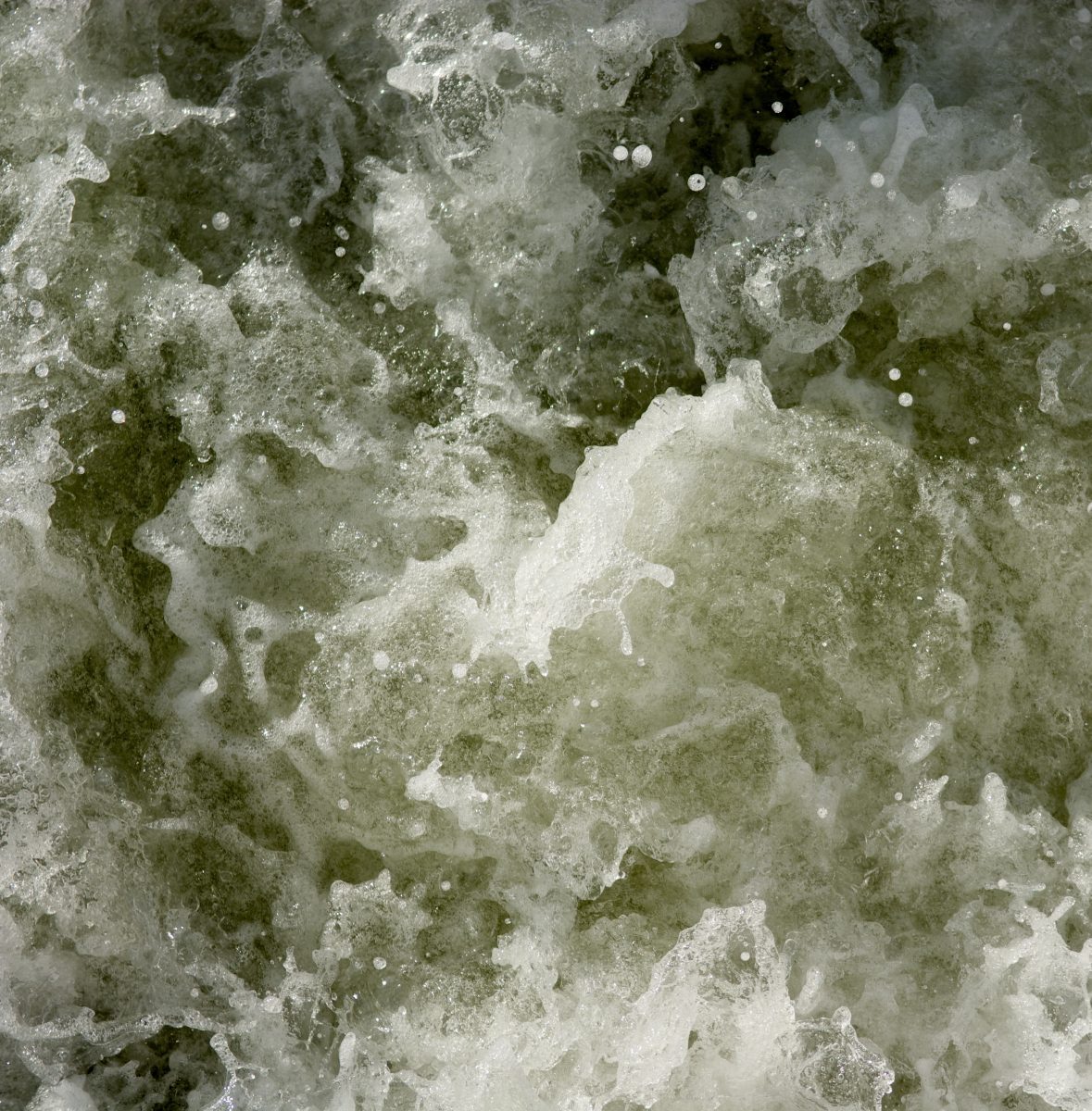
The last time you heard from biology professor Philip A. Rea in the Gazette, he was explaining how plants can absorb toxic heavy-metal wastes in soil. He’s still deeply involved in scientific pursuits on campus, but today Rea’s chatting about something you won’t find in his Penn bio: his nature-focused fine art photography.
After several years of feeling “cheeky enough” to use his own photos as cover images for his biochemistry lectures—and realizing that “some of the students were getting really quite excited about the images I was showing them”—the British-born Rea prepared a debut exhibition of his work in early 2020. It opened at the Burrison Gallery, located inside the Inn at Penn, on March 11, 2020.
He was thrilled to show a collection of his photos for the first time. But within a day or two of adding the finishing touches, everything on campus snapped shut as the region went into lockdown for COVID-19. “At this point, I have the longest-standing unseen exhibition at the University of Pennsylvania,” he jokes.
When it does eventually reopen, visitors to Taken will find 22 of Rea’s photos, displayed as large 24-by-24-inch prints. They reflect nature’s stunning complexities, with images of sand, reeds, moss, ocean surf and leaves—although you may not realize exactly what you’re looking at without the occasional hints in his titles.
“I’m always trying to strip an image of the superfluous paraphernalia—I go in close and crop really tightly,” he says. “I like that lack of context, almost timelessness. Everyone will have their own mental picture of where that photograph was taken, rather than my giving the context.”


This is the natural world as seen through a biologist’s lens. “I like to think that the sort of photographs I capture give us a sense of wonder,” Rea says. “And that’s also a big part of my mission in teaching: to help people go, ‘Oh, wow. That’s so simple. And yet it explains so much.’”
The photos in Taken were snapped between 2005 and 2019, but Rea’s passion for photography took root decades earlier. While serving as a research fellow at McGill University in the late 1980s, much of his biochemistry work required developing X-ray film in a darkroom. “I found it thrilling,” he recalls. “Then I invested in a Pentax ME Super—a fully manual 35mm camera—and I just got absolutely enthralled.”
Today he shoots with Leicas: the M9 or M10 for color and the Typ 426 Monochrom for black and white. They’re mechanical cameras, focused with a rangefinder rather than through a lens, and require Rea to switch lenses if he wants to change frame or magnification (rather than using a zoom lens to move in and out).

As Rea awaits the Faculty Club (and, by extension, his exhibition’s) reopening, he’s been keeping both his science and art sides busy. He teaches biochemistry to undergrads and serves as director of Penn’s Roy and Diana Vagelos Program in Life Sciences & Management. And after his exhibition closed last year, he quickly began a new photo series that he hopes to exhibit in the future.
“When we were in lockdown, the area in which I could photograph was really contracted,” he says. “It made me doubly observant of what I had immediate access to.” His new series Bark grew out of daily walks around his Ardmore neighborhood.
“If you look closely at bark, you’ll notice how disparate it can be on different faces of the same tree or between different trees,” he adds. “These photos are really exploring the diversity of texture and gradation and repeat structures in tree bark.”

“I’ll come clean and say that a lot of my photography is purely serendipitous”—Bark included, he adds. “Often, I set out intending to get one shot, but instead get another that’s better, and could not have been anticipated—which is very like doing science.”
—Molly Petrilla C’06

